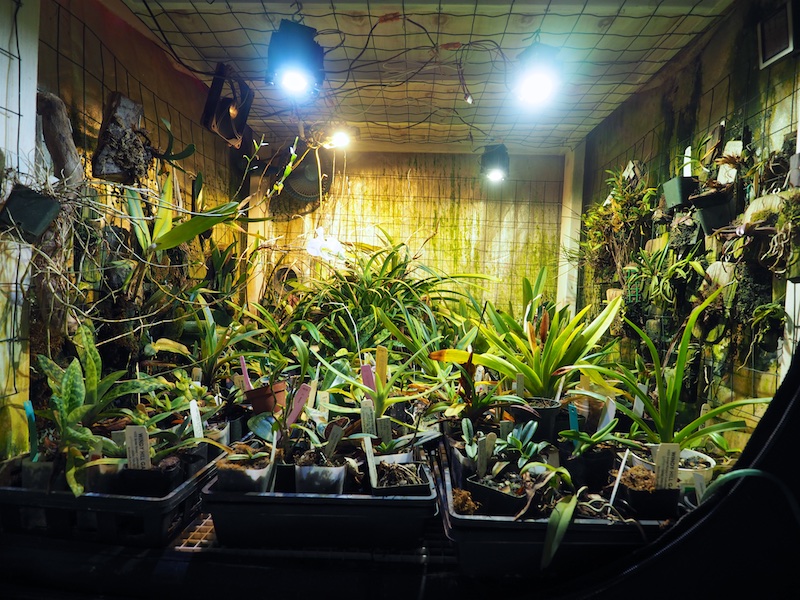naoki
Well-Known Member
I noticed that Fluence Bioengineering's web site is finally up (they have announced their products 2 months ago), and they seem to be shipping them.
https://www.fluence.science
It is the same company as Build My LED, whose LED grow light was tested as one of the most efficient LEDs by several independent sources. They pushed the efficiency limit quite a bit and came up with new models SPYDRx is probably more interesting to indoor growers, and VYPRx is more targeted for greenhouse (tall ceiling). SPYDRx is $900 for 345W (but wattage isn't a good criteria because the efficiency is so variable among LEDs). It is not so difficult to calculate how much you'll save (or not save) in a long term.
These LED grow lights are finally more efficient (2.1 micromol/J) than the most efficient HPS (around 1.8 micomol/J). Most commercial LEDs are less efficient than HPS. I think that this is the highest efficiency of any commercial grow light unless you make DIY Cree CXB3070 or CXB3590 class COB (with DIY, I achieve the same efficiency at 1/2 to 1/3 of the cost).
It is interesting that they have moved to white+red LEDs (instead of blue+red). This is partly due to the quicker advance in white LED than monochromes (most DIY people have migrated to white for a long time).
This sounds like an advertisement, but as always, I don't have any connection to the company. Just a small heads-up so people can choose how to spend their money (and energy) wisely!
https://www.fluence.science
It is the same company as Build My LED, whose LED grow light was tested as one of the most efficient LEDs by several independent sources. They pushed the efficiency limit quite a bit and came up with new models SPYDRx is probably more interesting to indoor growers, and VYPRx is more targeted for greenhouse (tall ceiling). SPYDRx is $900 for 345W (but wattage isn't a good criteria because the efficiency is so variable among LEDs). It is not so difficult to calculate how much you'll save (or not save) in a long term.
These LED grow lights are finally more efficient (2.1 micromol/J) than the most efficient HPS (around 1.8 micomol/J). Most commercial LEDs are less efficient than HPS. I think that this is the highest efficiency of any commercial grow light unless you make DIY Cree CXB3070 or CXB3590 class COB (with DIY, I achieve the same efficiency at 1/2 to 1/3 of the cost).
It is interesting that they have moved to white+red LEDs (instead of blue+red). This is partly due to the quicker advance in white LED than monochromes (most DIY people have migrated to white for a long time).
This sounds like an advertisement, but as always, I don't have any connection to the company. Just a small heads-up so people can choose how to spend their money (and energy) wisely!





